Ask John: What’s the Best Pretty Cure Series?
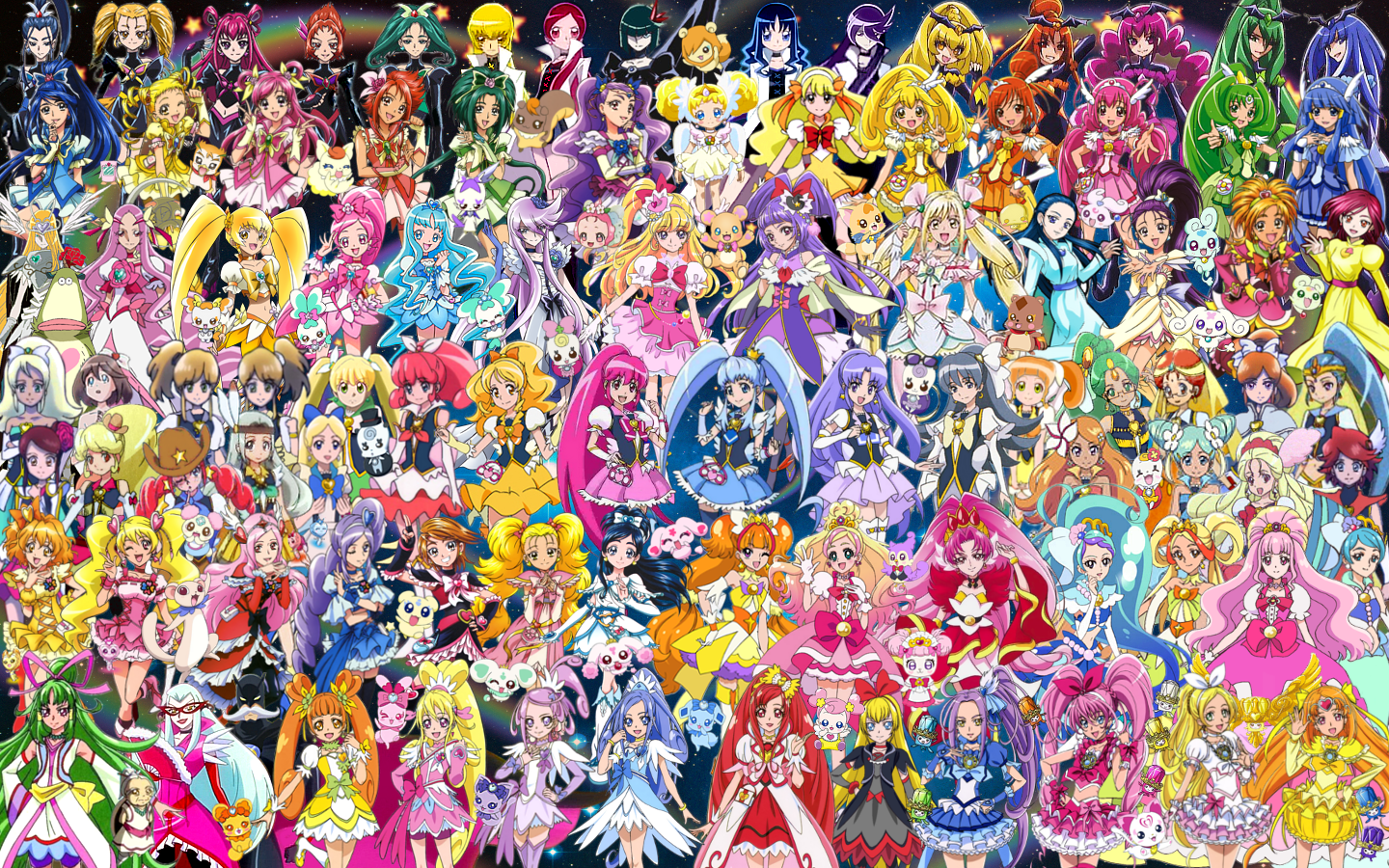
Question:
What would you say are the top Precure series overall? Which would you recommend most out of the ones since Heartcatch, as that’s the last one I watched, and which ones are your personal favorite?
Answer:
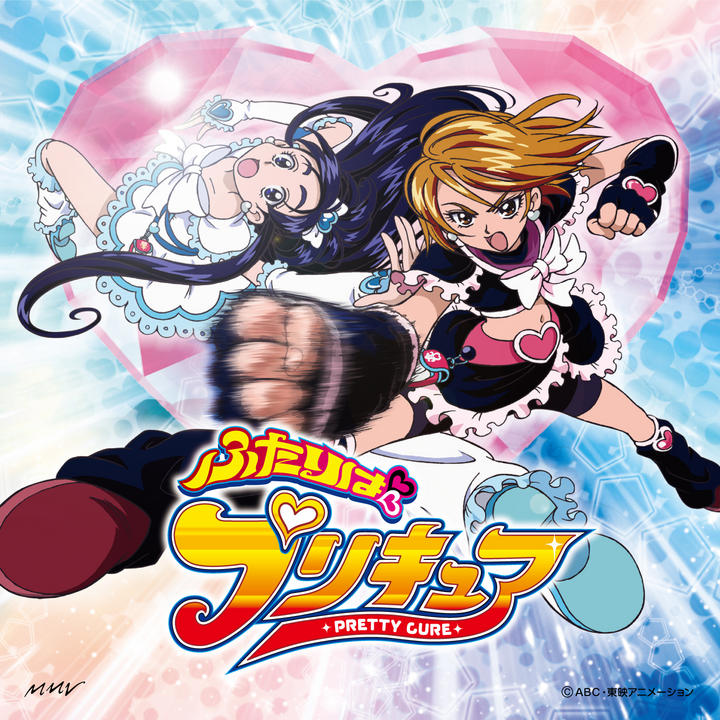
In the interest of honesty, I want to first explain that I’ve watched some of every Pretty Cure television series, but I’ve only watched the entirety of seven of the thirteen Precure television series. I’ve watched all of the theatrical films so far except the most recent one, the Princess Precure film. I began watching the Pretty Cure franchise in February 2004 when it premiered on Japanese television. Having already been a fan of director Daisuke Nishio’s work on the Dragon Ball Z franchise and the previous year’s female street fighting television series Air Master, I immediately fell in love with Nishio’s hybrid of magical girls and superhuman martial arts. Now, a dozen years later, Futari wa Precure and Futari wa Precure Max Heart may not quite look as crisp and stylish as the more recent Precure series installments, but I’m still especially partial to the two-season first generation Precure because it remains the most faithful to the franchise’s root characteristics. The original Pretty Cure series illustrated Dragon Ball Z style melee fighting that had a sense of weight and power. Furthermore, episodes including the iconic episode 8 and the unforgettable episode 42 emphasized a powerful, affective emotional bond between Nagisa & Honoka that resonated with their tremendous strength and convincingly supported their admirable ability to get back up and keep fighting even after taking punishing damage. The sequel series spent and intriguing length of time teasing viewers with Hikari in the periphery, leaving viewers to wonder if she would turn out to be a friend or foe once she solidified her own self-identity. In her eventual role as Shiny Luminous, the reserved Hikari provided a perfect supporting character for the more assertive and aggressive Nagisa & Honoka, really filling out the cast and giving the second season a brighter tone.
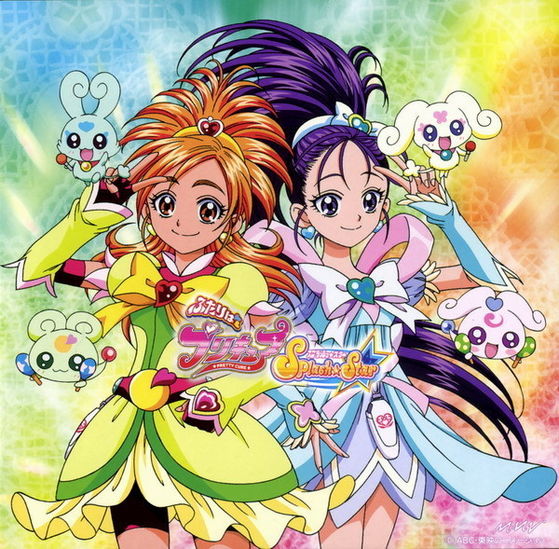
Unfortunately, in my eyes, Daisuke Nishio was replaced by Toshiaki Komura as the director for the third series, Futari wa PreCure Splash Star, that introduced the second generation of Pretty Cure heroines. The Splash Star distinctly targeted a slightly younger demographic than the previous two seasons’ viewers. Saki & Mai were younger than Nagisa & Honoka, and the franchise’s emphasis on intense hand-to-hand fighting was considerably softened. Especially in the series’ earliest episodes, Cure Bloom and Cure Egret primarily use force fields to redirect and parry their enemies rather than bluntly punching and kicking them. The show does eventually turn back toward the more pugilistic style of the first two seasons, but I never watched it long enough to get that far into the TV episodes.
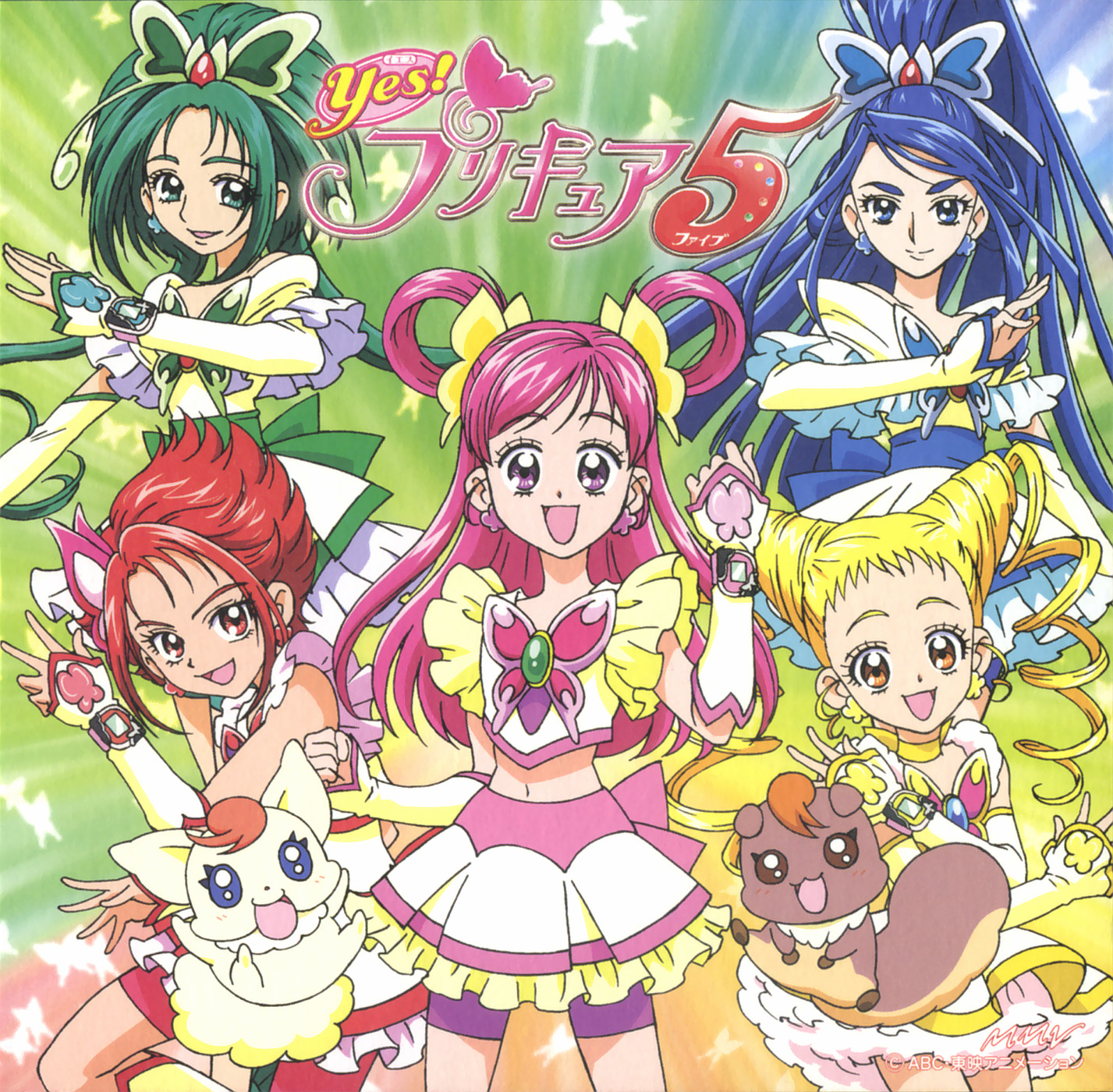
After 145 episodes, the Pretty Cure series was a certified hit, so Toei naturally decided to capitalize on its new cash cow by making the fourth season, Yes! Precure 5, the most conventional season yet. While the prior series had mixed Sailor Moon with Dragon Ball Z in a fairly even mixture, Precure 5 tipped the scales in favor of traditional magical girl characteristics. The cast expanded from two primary fighting girls to a team of five, and the melee fighting became even more tempered with magic attacks. Furthermore compromising to the tropes of contemporary magical girl anime, the fairies in Precure 5 exhibited the ability to transform into handsome human men, giving the show a type of Mamoru Chiba characters. While Yes! Precure 5 may not have satisfied all of the cross-over demographic male viewers that followed the franchise, it proved especially popular with its girl children target demographic, ensuring a sequel season, Yes! Precure 5 GoGo! With the characters and tone of the show firmly established, the “GoGo!” season felt tighter, leaner, more focused and less redundant. The season didn’t have to find its identity and balance the way the first Precure 5 season did. So the girls feel more powerful and more dynamic in the sequel season, making Precure 5 GoGo! still very conventional but superior to its predecessor.
Fresh Precure merits credit for continuing to develop the tone and style established by the Precure 5 franchise. Rather than turn in an opposite tonal direction as the second generation had done following the first, Fresh Precure stuck with thin, lanky girls who look and feel slightly older than the Splash Star girls. Fresh Precure also injected a degree of sultry sexiness, in the form of villainess Eas, that hadn’t been overtly present in the prior four Pretty Cure series. However, in an effort to capitalize on the tone of bright, cheerful, outgoing girls, the cast felt a bit ditzy and superficial to me. I didn’t watch very much of the Fresh Precure series because it felt distinctly like its goal was to be stylish rather than intensely exciting.
Heartcatch Precure was a striking revelation from its very first moments. Coming directly from the morose and stylish Casshern Sins, Yoshihiko Umakoshi’s character designs were strikingly different. Their round sleekness gave them both a feminine cuteness but also a dynamic, snake-like darting kineticism. Takashi Yamada’s evocative writing made the characters pop with vivid personalities, and Tatsuya Nagamine’s direction returned the Pretty Cure franchise’s focus to magical girls struggling to physically fight powerful enemies. The death of a fairy, a unique narrative beat in the Precure franchise, loomed over the franchise, giving the narrative a degree of gravity. From its first series onward, the Pretty Cure franchise has always proposed that Pretty Cure warriors are not invulnerable; they may lose battles although they’ll eventually win the war. The Heartcatch series distinctly emphasized the lingering possibility that the Cures might not always come out of their battles okay. Although Heartcatch Precure looked absolutely nothing like the first generation series, and its characterizations were entirely different, the series’ tone and constant feel that something serious was at stake, and the series heavy emphasis on intense martial arts combat made the series the most comparable series to the first two Pretty Cure seasons.
Suite Precure looked and felt like a resurrection of the Yes! Precure 5 GoGo! aesthetic. However, a smaller cast and the show copping narrative beats directly from the first two series enabled the season to feel just a bit more compelling than at least the first Precure 5 season did. I doubt many Pretty Cure franchise fans will refer to Suite Precure as their favorite season, but after a tentative first couple of episodes, the “Suite” season hits its stride and proves to be a satisfying and competent, if not exceptional, generation of Pretty Cure.
As if Suite Precure wasn’t sufficiently inspired by the popular Precure 5 seasons, Smile Precure comes across virtually like a remake of Yes! Precure 5. And predictably, Smile Precure proved to be especially popular and successful among Japanese viewers. Thanks to its tweaked characterizations, I found Smile Precure to be a bit more engaging than Precure 5, but it’s still an especially conventional installment of the franchise, leaning far more toward the tone and style of a typical magical girl show than a unique and original battle action show.
Doki Doki Precure exists as a sort of hybrid between Smile Precure and Heartcatch Precure. The character designs aren’t nearly as stylized as those of Heartcatch, but they seem to exhibit some of the narrow, sloping, angular characteristics of Yoshihiko Umakoshi’s character designs rather than character designer Akira Takahashi’s earlier Suite Precure character designs. Furthermore, like Heartcatch, Doki Doki Precure begins with a bang, introducing an intense, experienced Cure warrior right from the outset. The Doki Doki series also heightens its tension by featuring cameos from Cure Ace, another seemingly older, wiser, more experienced and more powerful Cure warrior. While not quite as stylized nor as (relatively) intense as Heartcatch Precure, the Doki Doki season does feel more substantial and satisfying than its two predecessor seasons.
If Doki Doki Precure is a hybrid of Heartcatch and Suite procure, HappinessCharge Precure is a hybrid of Fresh Precure and Smile Precure. I only watched about a quarter of this season because the show’s wild mood swings unsettled me. Megumi Aino’s personality is virtually a less nuanced clone of Smile Precure’s Miyuki Hoshizora. Hime Shirayuki is a shrill, annoying, foil to Heartcatch Precure’s Erika Kurumi. Erika in Heartcatch Precure is one of greatest characters in the Pretty Cure pantheon because she’s such a dynamo of cynical, realistic optimism. Hime, however, is a preening, self-absorbed blowhard. So the series’ lead characters are vacuously pleasant and vacuously selfish; they do complement each other, but they’re not a tremendously enjoyable combination to watch in action. Yet while the lead characters are lightweight, the series introduces perhaps the most threatening, intimidating antagonist to appear since the first generation.
Go! Princess Precure once again takes inspiration from the Precure 5 & Smile Precure aesthetic and tone but brings the show to life with especially strong characterizations in the vein of Smile Precure. In fact, Princess Precure feels like a slightly more mature and marginally more serious version of Smile Precure. So it’s not remarkable, but it is one of the better generations post Heartcatch.
The current generation series, Mahoutsukai Precure, is arguably the Pretty Cure franchise’s biggest stylistic departure so far, feeling much more like Sugar Sugar Rune with a sprinkling of Pretty Cure tropes mixed in. Seemingly taking cues from the popularity of the Harry Potter franchise, Mahoutsukai Precure seems to place far more emphasis on magic and an alternate world magic school than on fighting and defending a world from darkness or resurrecting a world engulfed by darkness. In fact, Mahoutsukai Precure looks and feels like a show that was not initially even developed as a Pretty Cure installment at all but had Precure tropes injected into it at the last minute.
Speaking as both a shounen fighting anime fan and a Pretty Cure fan, my affection still resides most with the first generation Pretty Cure girls. In my mind, Futari wa Pretty Cure and Futari wa Precure Max Heart originated and defined Pretty Cure, and every series since is measured against the originals. I’m also glad that even in the later Pretty Cure All Stars film trilogy the original generation girls remain the physically strongest Cure warriors. Among the newer generation series, Heartcatch Precure deserves its acclaim despite having a relatively weak motion picture spin-off. Among the post Heartcatch seasons, I’ve particularly enjoyed both Doki Doki Precure and Princess Precure, and I’d give the edge in appeal to Doki Doki Precure. However, in my mind the two first generation series and Heartcatch seasons are excellence on another higher order than all of the other Pretty Cure series.
Add a Comment
You must be logged in to post a comment.
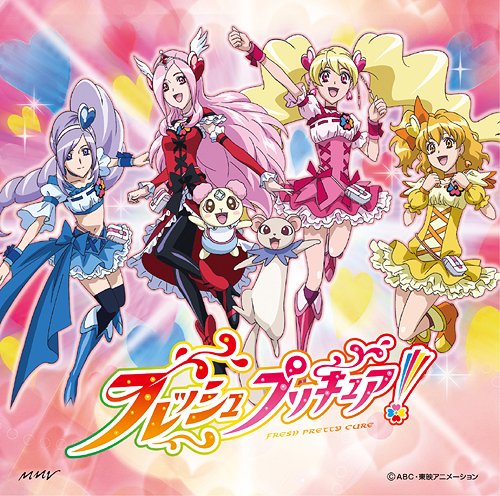
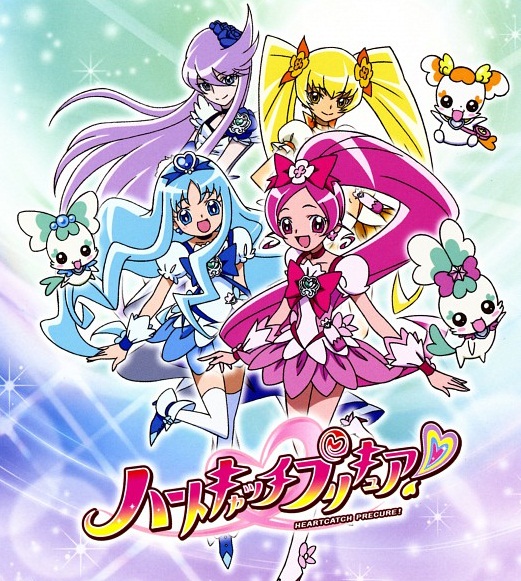
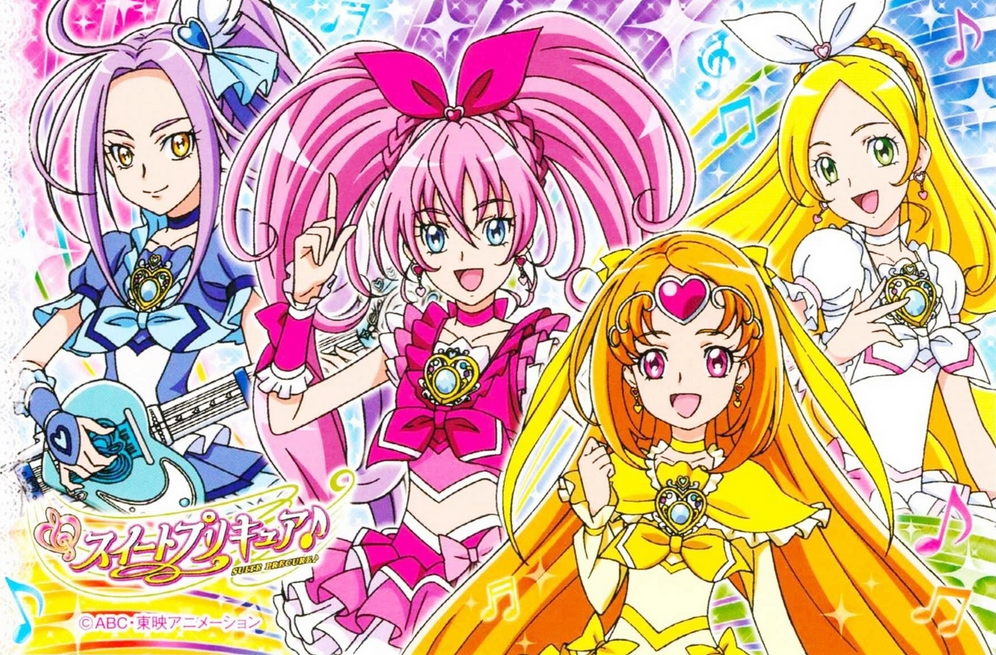
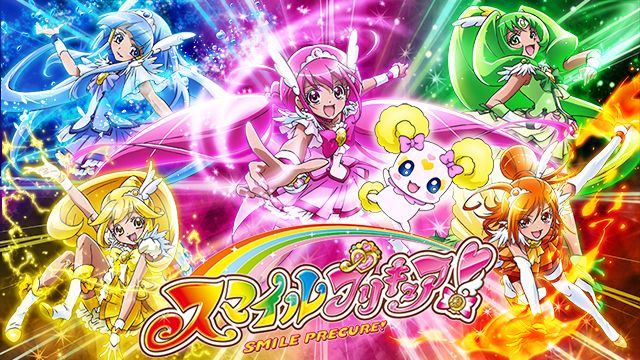
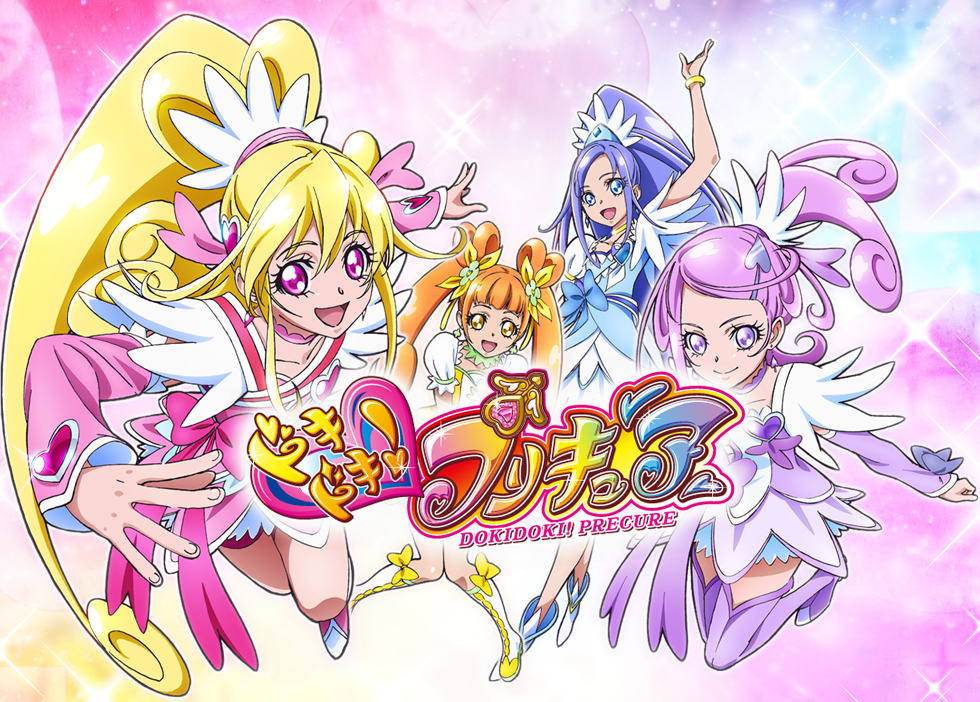
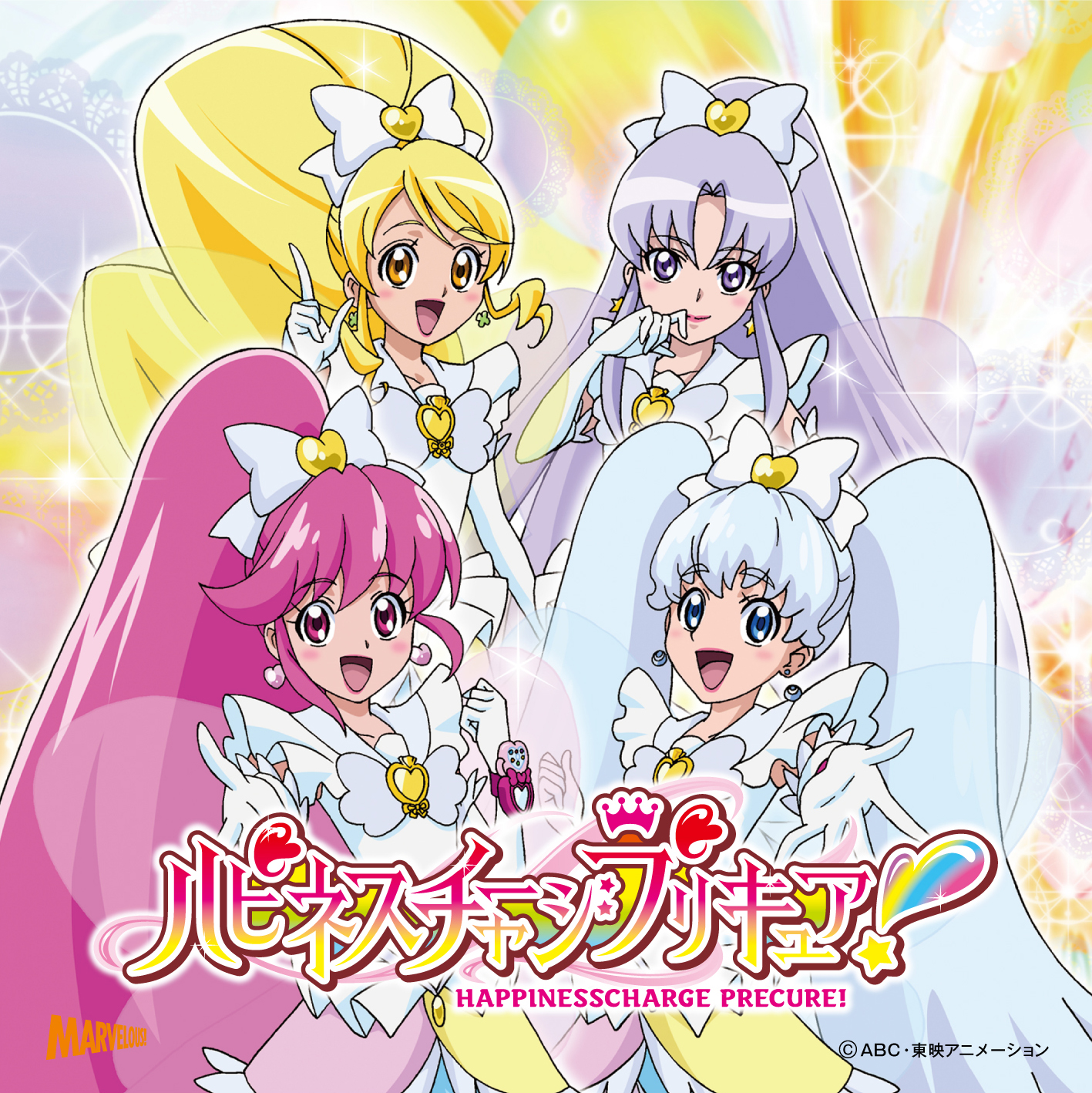
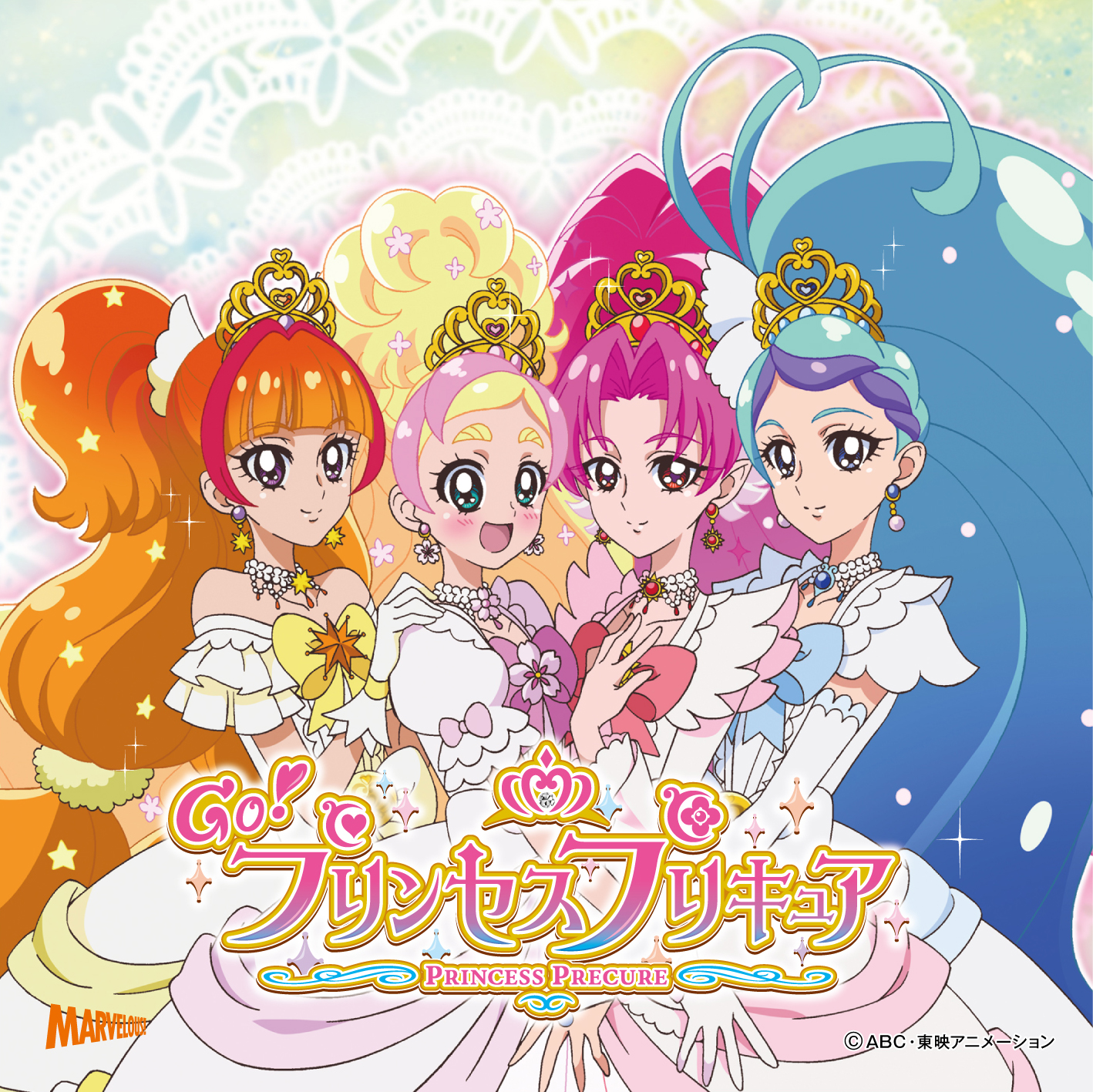
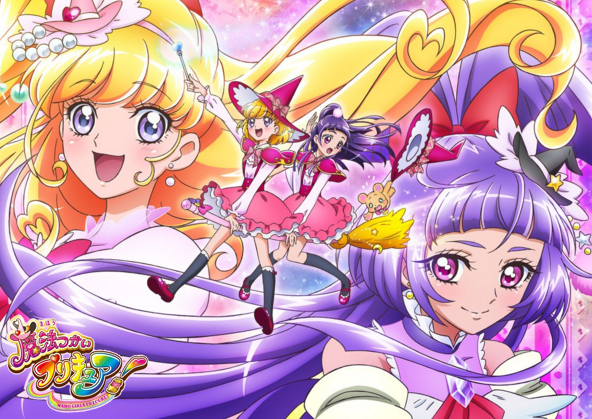


Long time no seen, John. I’ve changed my e-mail and I’d like to show you my new address privately. Could you write me your present mail address to my current mail? It will be available till the end of coming January. From your wife